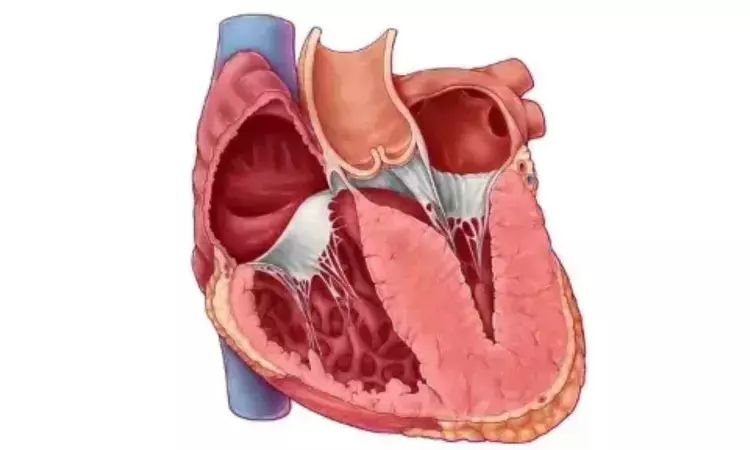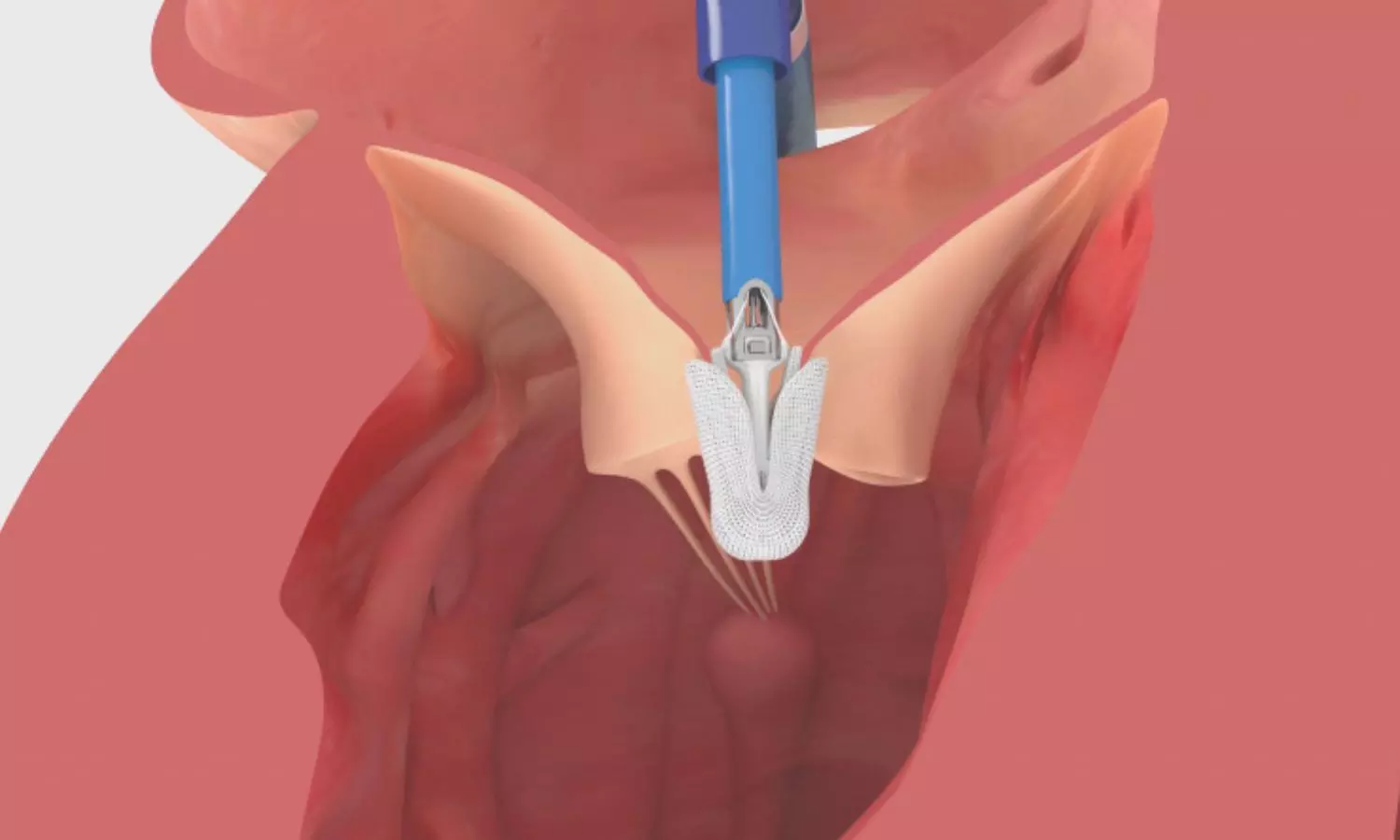- Home
- Medical news & Guidelines
- Anesthesiology
- Cardiology and CTVS
- Critical Care
- Dentistry
- Dermatology
- Diabetes and Endocrinology
- ENT
- Gastroenterology
- Medicine
- Nephrology
- Neurology
- Obstretics-Gynaecology
- Oncology
- Ophthalmology
- Orthopaedics
- Pediatrics-Neonatology
- Psychiatry
- Pulmonology
- Radiology
- Surgery
- Urology
- Laboratory Medicine
- Diet
- Nursing
- Paramedical
- Physiotherapy
- Health news
- Fact Check
- Bone Health Fact Check
- Brain Health Fact Check
- Cancer Related Fact Check
- Child Care Fact Check
- Dental and oral health fact check
- Diabetes and metabolic health fact check
- Diet and Nutrition Fact Check
- Eye and ENT Care Fact Check
- Fitness fact check
- Gut health fact check
- Heart health fact check
- Kidney health fact check
- Medical education fact check
- Men's health fact check
- Respiratory fact check
- Skin and hair care fact check
- Vaccine and Immunization fact check
- Women's health fact check
- AYUSH
- State News
- Andaman and Nicobar Islands
- Andhra Pradesh
- Arunachal Pradesh
- Assam
- Bihar
- Chandigarh
- Chattisgarh
- Dadra and Nagar Haveli
- Daman and Diu
- Delhi
- Goa
- Gujarat
- Haryana
- Himachal Pradesh
- Jammu & Kashmir
- Jharkhand
- Karnataka
- Kerala
- Ladakh
- Lakshadweep
- Madhya Pradesh
- Maharashtra
- Manipur
- Meghalaya
- Mizoram
- Nagaland
- Odisha
- Puducherry
- Punjab
- Rajasthan
- Sikkim
- Tamil Nadu
- Telangana
- Tripura
- Uttar Pradesh
- Uttrakhand
- West Bengal
- Medical Education
- Industry
Specific Plasma Biomarkers may Differentiate Hypertrophic Cardiomyopathy from other cardiomyopathies: Study

A novel study conducted by researchers from New York and Boston identified certain circulating biomarkers that can distinguish hypertrophic cardiomyopathy (HCM) from other cardiomyopathies. The study results were published in the journal Circulation: Heart Failure.
Hypertrophic cardiomyopathy (HCM) is the most common genetic cardiomyopathy with high prevalence. It is often misdiagnosed and challenging to diagnose due to a lack of specific biomarkers. Research shows that proteomics profiling can determine the concentration of plasma proteins. However, there is ambiguity on the specificity of the biomarkers for various cardiomyopathies, researchers conducted a multicenter case-control study to identify a small panel of circulating biomarkers to distinguish HCM from other cardiomyopathies that manifest left ventricular hypertrophy (LVH) using comprehensive plasma proteomics profiling while adjusting for clinical confounders.
The study included adults who were ≥18 years old from Massachusetts General Hospital and Columbia University Irving Medical Center and diagnosed with Hypertrophic Cardiomyopathy (HCM) and controls with hypertensive LVH, transthyretin amyloid cardiomyopathy (ATTR-CM), or aortic stenosis (AS). The participants were divided into two groups of training set and a test set. Two-thirds of patients were enrolled in the training set and one-third in the test set. Protein concentrations in HCM were compared with those in hypertensive LVH (comparison 1), ATTR-CM (comparison 2), and AS (comparison 3).
Two criteria were used to select the candidate proteins. They are consistent abundance of the proteins that will show higher or lower levels in HCM patients compared to three other cardiomyopathy groups which should be statistically significant. The proteins must be significantly associated with HCM even after adjusting for clinical factors. Three separate analyses were done to compare proteins in HCM patients to controls. Mann-Whitney-Wilcoxon test with a fold change threshold was done to identify Proteins with significantly higher or lower abundance in HCM. Clinical confounders were adjusted using Multivariable logistic regression analysis. the area under the receiver-operating-characteristic curve (AUC) was used to identify proteins in the training and the test set.
Findings:
- Overall, 4,979 proteins in 1,415 patients (HCM, n=879; hypertensive LVH, n=331; ATTR-CM, n=169; AS, n=36) were analyzed.
- Of those, 5 proteins were selected as candidate proteins.
- The logistic regression model with these 5 proteins had an area under the receiver-operating-characteristic curve of 0.86 (95% CI 0.82–0.89) in the test set.
- The MAPK and HIF-1 pathways were dysregulated in HCM throughout the 3 comparisons.
Thus, the study specified 5 proteins that had consistently different abundance in HCM throughout the 3 comparisons. This study is one of its kind to identify the largest and the most comprehensive proteomic research that elucidates plasma biomarkers that are independently associated with HCM and other cardiomyopathies. Further research should be carried out to identify plasma biomarkers that are unique to HCM.
Further research: Comprehensive Proteomics Profiling Identifies Circulating Biomarkers to Distinguish Hypertrophic Cardiomyopathy from Other Cardiomyopathies with Left Ventricular Hypertrophy. Doi: https://doi.org/10.1161/CIRCHEARTFAILURE.124.012434.
BDS, MDS
Dr.Niharika Harsha B (BDS,MDS) completed her BDS from Govt Dental College, Hyderabad and MDS from Dr.NTR University of health sciences(Now Kaloji Rao University). She has 4 years of private dental practice and worked for 2 years as Consultant Oral Radiologist at a Dental Imaging Centre in Hyderabad. She worked as Research Assistant and scientific writer in the development of Oral Anti cancer screening device with her seniors. She has a deep intriguing wish in writing highly engaging, captivating and informative medical content for a wider audience. She can be contacted at editorial@medicaldialogues.in.




